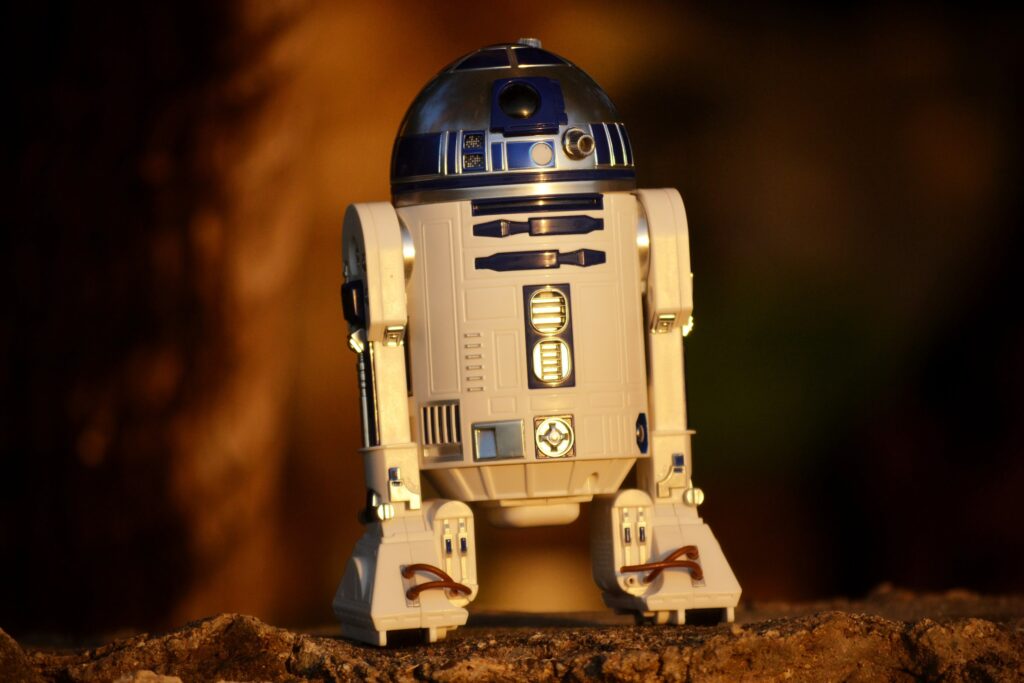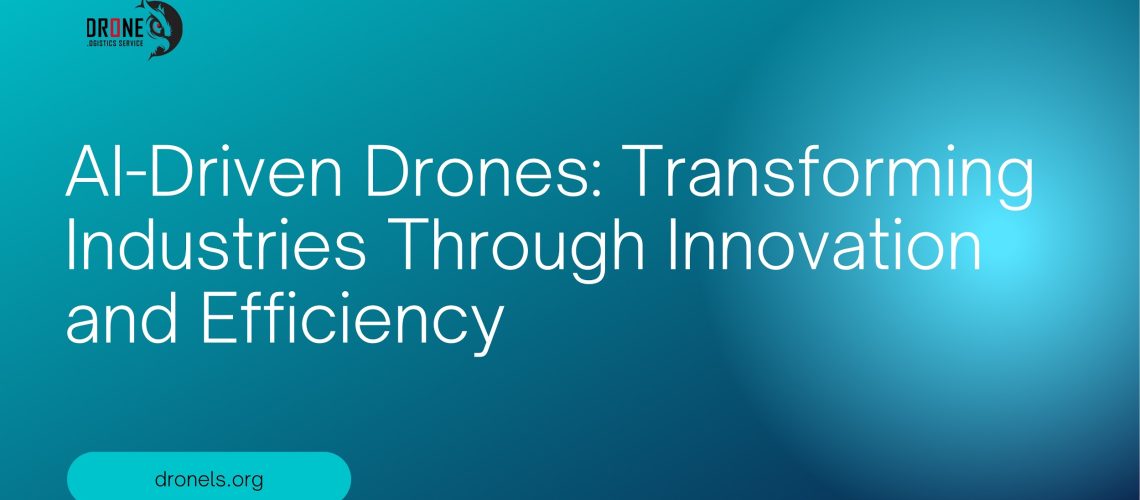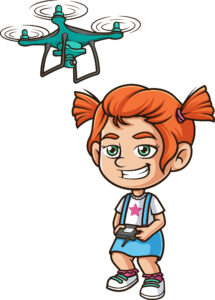Discover how AI-powered drones are reshaping industries with innovation and efficiency. Explore their diverse applications and the transformative impact of artificial intelligence.
Introduction
There are tons of videos on Artificial Intelligence (AI) and the best ones suitable for your needs.
AI has emerged as a transformative technology in countless industries, and one of its most promising applications is in the optimization of drones.
Drones, also known as Unmanned Aerial Vehicles (UAVs), have become increasingly popular for various purposes, from surveillance and delivery to agriculture and entertainment. AI can play a pivotal role in enhancing the capabilities, safety, and efficiency of drones, ultimately reshaping how they are used in diverse fields.

1. Enhanced Navigation and Autonomous Flight
One of the most significant ways AI can optimize drones is by improving their navigation and enabling autonomous flight. Traditional drones rely on manual control, which may sometimes limit what you can achieve as an operator, irrespective of your skills.
AI-powered navigation systems, on the other hand, use a combination of sensors, cameras, and machine learning algorithms to enable autonomous flight.
AI algorithms can process real-time data from various sensors to make split-second decisions on how to adjust the drone’s position, altitude, and speed.
Drones can fly safely in complex environments, avoid obstacles, and adapt to changing conditions. Such capabilities are invaluable in applications like search and rescue missions, where drones need to navigate through challenging terrain to locate individuals in distress.
2. Precision Agriculture

In the agricultural sector, AI-driven drones are revolutionizing farming practices. These drones can collect data on crop health, soil moisture, and pest infestations using specialized cameras and sensors.
AI algorithms analyze this data to provide farmers with actionable insights, such as which areas of the field need irrigation, which crops require pest control, or when it’s the optimal time for harvesting.
By optimizing resource allocation and decision-making, AI-powered drones help farmers increase crop yields, reduce resource wastage, and ultimately improve the sustainability of agriculture.
3. Infrastructure Inspection and Maintenance

AI-equipped drones are making infrastructure inspection and maintenance more efficient and cost-effective.
Traditional methods often involve sending human inspectors to assess bridges, power lines, or buildings, which can be dangerous and time-consuming. AI-powered drones, however, can perform these tasks with greater precision and safety.
Drones equipped with AI can capture high-resolution images and videos, which are then analyzed to detect structural defects, corrosion, or other issues.
The derived data enables proactive maintenance and reduces the risk of infrastructure failures, ultimately saving lives and resources.
4. Environmental Monitoring
Monitoring and preserving the environment is a critical concern in today’s world. AI-powered drones are invaluable tools for environmental scientists and conservationists.
They can be used to monitor wildlife populations, track deforestation, survey marine ecosystems, and assess the impact of climate change.
AI algorithms help process the vast amount of data collected by these drones, identifying patterns and trends that might be impossible for humans to detect manually.
This information is vital for making informed decisions about environmental conservation and sustainability.
5. Delivery and Logistics
The logistics industry has been exploring the use of drones for parcel delivery. AI plays a central role in optimizing the delivery process.
Drones equipped with AI algorithms can plan delivery routes, avoid obstacles, and adjust their flight paths in real-time to ensure timely and safe deliveries.
Moreover, AI-driven optimization can help companies schedule deliveries more efficiently, reducing fuel consumption and carbon emissions.
This not only benefits businesses but also contributes to a greener and more sustainable future.
6. Disaster Response
During natural disasters such as hurricanes, earthquakes, or wildfires, AI-powered drones can be deployed for rapid assessment and response.
These drones can quickly survey affected areas, locate survivors, and assess damage to infrastructure. AI algorithms can process the collected data to generate real-time maps and prioritize areas that require immediate assistance.
By providing first responders and relief organizations with timely information, AI-optimized drones can save lives and facilitate more effective disaster management.
7. Security and Surveillance
AI-driven drones are increasingly used for security and surveillance purposes.
They can monitor large areas, such as airports, borders, or public events, with greater efficiency than human patrols. AI algorithms enable drones to recognize and track suspicious activities, detect intruders, and alert security personnel in real-time.
This enhanced surveillance capability enhances public safety and can serve as a powerful deterrent to potential threats.
8. Entertainment and Aerial Photography
In the entertainment industry, AI-powered drones have opened up new possibilities for creative expression.
Drones equipped with AI can perform intricate aerial maneuvers, capture breathtaking aerial shots, and even coordinate synchronized flight displays for live events.
These capabilities have revolutionized aerial photography, cinematography, and live performances.
9. Wildlife Conservation
Conservationists use AI-driven drones to monitor and protect endangered wildlife. These drones can track animal movements, count populations, and identify potential threats, such as poachers.
AI algorithms can analyze the collected data to inform conservation efforts and aid in the preservation of vulnerable species.
10. Future Prospects and Challenges
While AI has the potential to optimize drones in numerous ways, there are still challenges to overcome.
These include regulatory issues related to drone usage, concerns about privacy and security, and the need for robust AI algorithms that can handle complex and dynamic environments.
Moreover, continued research and development are necessary to refine AI-powered drone capabilities, improve their energy efficiency, and enhance their reliability.
As AI and drone technologies evolve, we can expect even more innovative applications and opportunities in various industries.
In conclusion, AI is transforming drones from remote-controlled gadgets into intelligent and autonomous machines capable of performing a wide range of tasks. Whether it’s enhancing navigation, improving agriculture, inspecting infrastructure, monitoring the environment, or contributing to disaster response, AI-powered drones are revolutionizing industries and making the world a safer and more efficient place. As AI and drone technologies continue to advance, the possibilities for optimization and innovation are virtually limitless.
Frequently Asked Questions (FAQs) about AI and drones:
1. How does AI improve drone navigation and autonomy?
AI enhances drone navigation by enabling real-time data processing from sensors and cameras, allowing drones to make autonomous decisions about their flight path, altitude, and speed. Machine learning algorithms help drones adapt to changing conditions and avoid obstacles, making them safer and more efficient.
2. What are some common applications of AI-powered drones?
AI-powered drones have a wide range of applications, including precision agriculture for crop monitoring, infrastructure inspection and maintenance, environmental monitoring, delivery and logistics, disaster response, security and surveillance, entertainment, and wildlife conservation.
3. Are there any regulatory challenges associated with AI-driven drones?
Yes, there are regulatory challenges related to AI-driven drones.
Governments and aviation authorities often impose restrictions on drone usage, including flight altitudes, no-fly zones, and privacy concerns.
Ensuring compliance with these regulations is crucial for safe and legal drone operations.
4. How does AI contribute to aerial photography and cinematography using drones?
AI enhances aerial photography and cinematography by enabling drones to perform complex maneuvers and capture stunning shots. AI algorithms can stabilize footage, track subjects, and even assist in post-production editing, making it easier for filmmakers and photographers to achieve professional-quality results.
5. What are the potential security and privacy risks associated with AI-powered drones?
Security and privacy concerns include the misuse of drones for unauthorized surveillance, the risk of drone hacking or interference, and the potential for AI to be used in facial recognition technology.
Addressing these concerns involves implementing robust security measures and ensuring transparency and accountability in drone operations.


